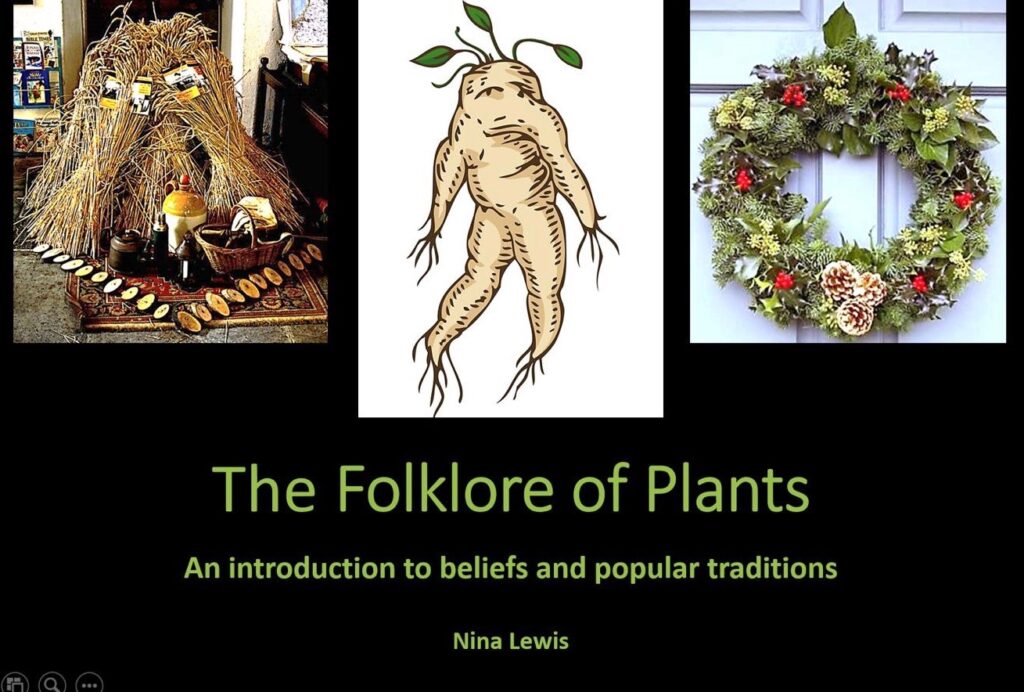Winter is here and parts of the UK have already seen some snow and frost. But we won’t have necessarily frost every day, particularly in Aldersbrook where the last few days have been fairly mild and for a change not too wet! So make the most of dry days to do any final tidying. Despite what some think, there are a lot of lovely garden tasks to do this month. And if the weather turns wintry, follow Judith’s advice in the December newsletter: “ make a cup of tea, sit yourself comfortably and admire your garden through the window”
Fruit and vegetables
Manure and mulch: if you haven’t already, add manure and mulch to protect the bare soil surface from rain and to benefit soil structure.
Brussels sprouts: harvest as needed starting from the bottom and removing lower leaves. Earth up stems and support with canes if necessary.
Leeks, parsnips and root vegetables: can be harvested as needed. A good sign that your root vegetables are ready is when their shoulders peep out of the soil. The leaves of parsnips also start to turn brown.
Asparagus: if you haven’t already, cut down dead asparagus foliage, and cover the bed with a thick layer of well rotten manure.
Fruit trees: December is the perfect time to prune fruit trees to maintain an open, balanced structure and encourage fruit production. The exception is plums, cherries and other stone fruits that should not be pruned until the summer to prevent silver leaf fungus. Use clean, sharp secateurs to avoid damaging your trees
Blackcurrants: winter prune established blackcurrants bushes. They fruit best on strong, young growth, so remove old, thick stems a the base to leave a structured open bush with 6 to 10 upright shoots.
Raspberries: plant raspberry canes while they’re dormant. To prune established raspberries, it is best to wait until the end of the winter. Look out for the February tips for details on how to prune raspberries.
Rhubarb: divide established clumps of rhubarb, to renew the plant’s vigour. Sections taken from the outside of the plant are better than those from the centre. Plant the new plant section in a well-prepared soil with plenty of organic matter. They are hungry feeder.
Flowers
Tulips: they will still do well planted this late in the year, provided there is no frost. December is the end of the spring bulbs planting season and there is always a big sell-off with some good bargains. Check out the November tips to find out how to protect your bulbs from squirrels.
Wisteria: winter—prune your wisteria, cutting back weeping summer side shoots to 2 or 3 buds.
Climbing roses: prune now, removing diseased or damaged growth and tying in any new shoots to their support. Prune older flowered side shoots back by two thirds of their length.
Hydrangeas: leave the faded flower heads until spring as they provide frost protection to the swelling buds further down the stems.
Dahlias: if you have stored your dahlias tubers (check November tips on how to store dahlias tubers), keep an eye out for rot.
Cut down and clear away: Cut down perennials that look too untidy. Cut off damaged hellebore leaves. Regularly nip off the spent flowers of cyclamens and winter pansies, to prevent the plants from setting seeds and to extend their bloom.
Christmas decorations: making your own Christmas decoration from natural materials is a satisfying way to add a festive flair to your home. Even the simplest, barest branch or handful of pinecones can be transformed into impressive decorations. They are many eye catching materials in our gardens and neighbourhood: evergreen foliage, twigs, branches, berries, seed heads.
Don’t forget
Consider winter protection: it is your last chance to bring into a frost-free location plants that need protection. Potted plants can also be protected by wrapping hessian and/or bubble warp around the outside of their pot to help protect their roots from frost. Cover roots of tender plants with dry thick mulch and wrap sensitive soft growth with biodegradable fleece.
Greenhouse: tend to plants overwintering in your greenhouse, removing faded leaves and watering them sparingly to keep them just moist. Excess moisture can contribute to disease spread. Ventilate the greenhouse on warmer days to reduce humidity and the risk of disease.
Get ready for spring: clean and organise your pots and seed trays. It will also help reduce the rick of fungal diseases.
Watch out for wildlife: Look out for lichens and leave them in place. They are harmless and colourful composites organisms beneficial to their hosts and especially elegant in the frost.
Don’t forget to stock up feeders to keep birds fed and to provide water. When refilling feeders, clean them to prevent disease.
Don’t turn over compost heaps and rotting leaves as it may disturb hibernating grass snakes, slowworms, frogs, toads and hedgehogs.
Have a fantastic December and a lovely Christmas if you celebrate. With best wishes for a very happy, peaceful and prosperous New Year.

